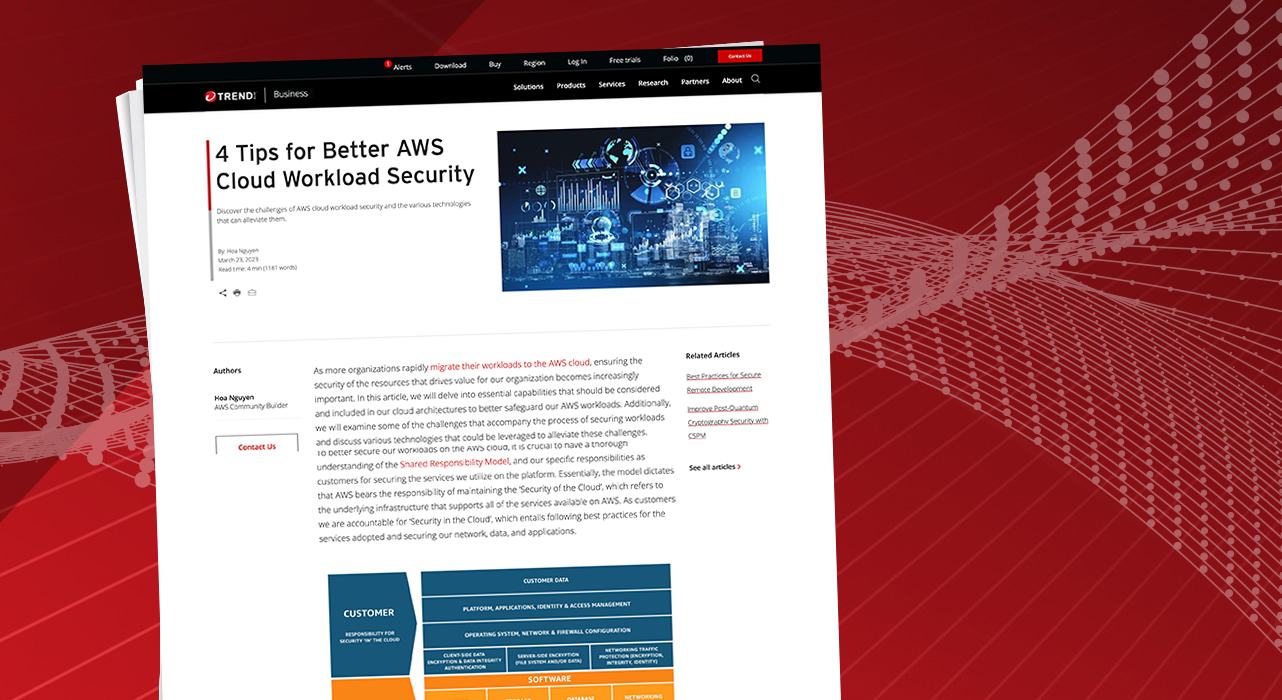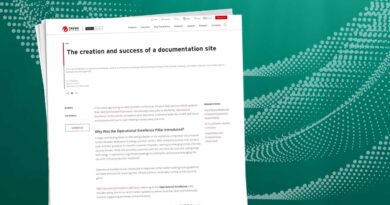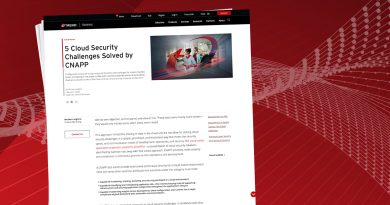4 Tips for Better AWS Cloud Workload Security


There are a few key criteria that we need to consider and include in our cloud architectures to better protect our workloads in the AWS cloud.
- Vulnerability detection and prevention
- Protect against threats and ransomware
- Ability to send security events generated from different sources to a centralized platform in a simplified framework.
- Misconfigurations and lack of visibility for our cloud resources
But odds are we have a few, to ensure the security of our workloads, the first essential capability we must have is the ability to detect and prevent vulnerabilities. This requires scanning for vulnerabilities in both the operating system and applications to identify potential security risks. Unfortunately, when a new vulnerability is discovered, the vendor may need some time to release a patch to address it, leaving our workloads exposed to exploitations. To mitigate this challenge, we can use Intrusion Prevention System (IPS) rules to virtually patch the vulnerabilities on our workloads until the vendor releases the patch for the fix. This allows us to protect against new vulnerabilities quickly and effectively.
While utilizing native services like AWS Inspector can aid in the continuous identification of vulnerabilities within our EC2 workloads, safeguarding these workloads from exploitation is crucial. This can be achieved by utilizing intrusion prevention solutions such as AWS Network Firewall, or by implementing a third-party security solution in our cloud environment.
The second critical capability is to safeguard against threats and ransomware, which is not without its challenges. While signature patterns are crucial and a basis for identifying and protecting against known security threats, we must also consider attacks that can bypass traditional malware scanning techniques. To address this challenge, we need to incorporate machine learning capabilities into our cloud security approach to protect against new and emerging threats. We would need to have security measures in place to extract file features from unknown and low-prevalence files and compare them against a threat model to determine if the file is an actual threat that should be blocked.
To ensure comprehensive protection, we must also have the capability to detect anomalies in processes, files, and software installed on our workloads. Amazon GuardDuty is an AWS service that could help us detect anomalous behaviors that could impact our workloads, and the service could also be paired with AWS Network Firewall to respond to GuardDuty detections. Malware creators use sophisticated methods to avoid detection, such as modifying system files or files related to known software. Therefore, it is essential to implement enhanced threat scanning techniques to detect and prevent compromised processes, files, and software.
Having a centralized platform to send security events from different sources is crucial as this enables us to have a holistic view of our security posture without the hassle of managing and switching back and forth between multiple interfaces. The telemetry collected by the centralized platform could then be analyzed to help us understand our risk in the cloud, respond more effectively to security incidents, and help meet compliance requirements by providing a comprehensive view of security events and activities across the enterprise.
Amazon SecurityLake is an AWS service that supports the Open Cybersecurity Schema Framework (OCSF). The OCSF is an open-source project that allows Independent Software Vendors (ISV) to adopt and extend the schema for their own domains to a simplified format. This framework, developed in collaboration with prominent security vendors, facilitates the mapping of data from various sources into a uniform format, simplifying analytics and enhancing our security stance on a centralized platform. By leveraging OCSF, we can efficiently improve our security posture while managing the diverse data generated by various sources.
Read More HERE



